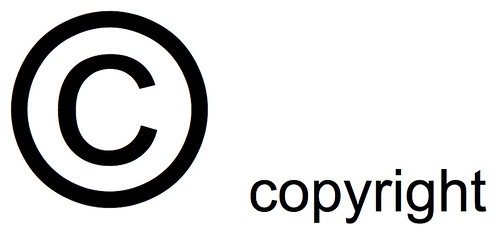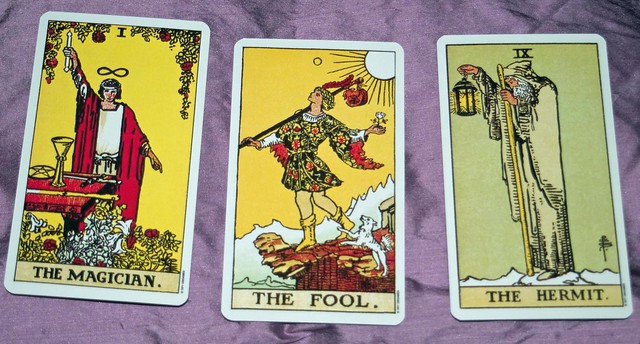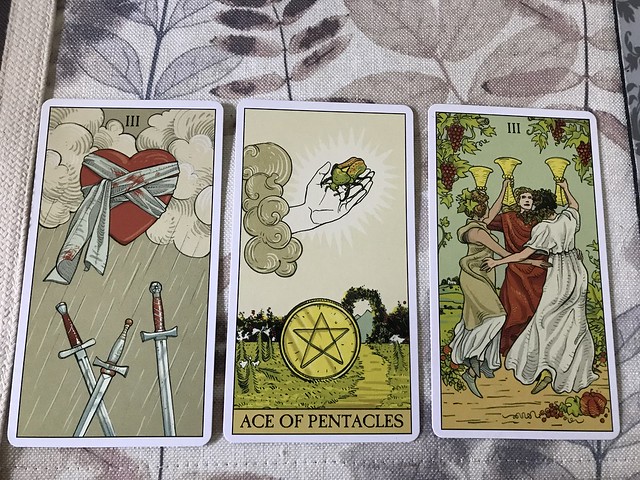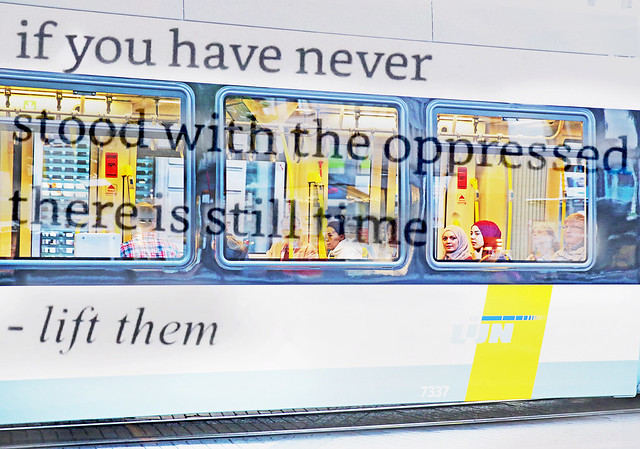
Ok, so maybe it’s not the most provocative topic but copyright is something we unknowingly deal with on a day-to-day basis. As teachers, there is a world of information out there for us to harvest and share with our students. But before we do this, we need to take a little look at copyright and fair use. It can be something that is easily ignored. After all, administration isn’t knocking on classroom doors and screening powerpoints for copyrighted images. Still, it’s important that we adhere to these guidelines for numerous reasons.
- Let’s try to be examples
As an educator, you’re setting daily examples for your students. I think it’s fair to say that you wouldn’t want to teach your children to be lax with the law. Don’t model behaviour you wouldn’t want to see your students adopt.
2. Respect content creators!
There are many struggling artists that work hard to create content whether that be writing, art, music, video etc. Respect these creators and pay for the work that produces. If you can’t afford someone’s art, there are a ton of free licensed resources out there. Take advantage of these resources, not creators.
3. It’s a Slippery Slope
A copy and pasted image here, a music clip there. These small actions don’t seem to mean much in the moment. But even though copyright is often trivialized, it doesn’t make it any less important. The law exists to protect creators from being taken advantage of. Don’t contribute to the idea that this doesn’t matter.
This has been copyright, fair use, and all that is fun. Please pay for your materials. Content creators thank you.





